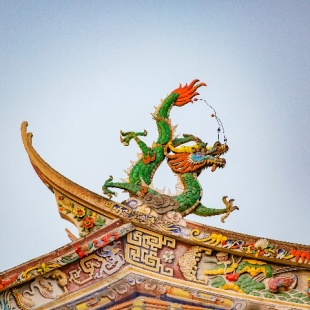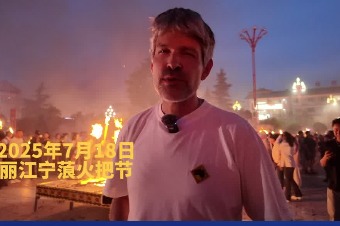Elements of success-earth, fire and water


Unearthing new clues
More details of how the white glaze was produced have been gradually unearthed, even as preparations for the World Heritage bid were ongoing.
From 2019 to 2020, archaeologists unveiled Weilin-Neiban, a cluster of seven porcelain kilns, along two banks of a stream in the mountainous area. The kilns, ruins of a processing workshop and waste dumps were excavated. According to Zheng Jiongxin, director of Dehua Ceramics Museum, the new findings provided key clues for the studies of ceramics production techniques at the time.
Several "dragon kilns"-named after their long shape, which resembles a dragon-were found on the site and they are viewed by academia as a milestone in the evolution of ceramics production. The longest one stretches over 160 meters along a hillside.
Zheng says unearthed ceramic shards on the site also match previous findings from Nanhai One and patterns recorded in ancient documents.
"This kiln is so huge, and tens of thousands of pieces can be processed at a time," Zheng explains.
"As such, we also found that different workshops had inked their own family names on the bottom of the ceramics to distinguish their products from the others, but they shared the kiln and production resources.
"It's like an early-stage cooperative."
The new findings also contribute to a bigger picture of the area's booming ceramics industry.
In 1976, another "dragon kiln", dating to the Song and Yuan dynasties, was found in nearby Qudougong. However, this long kiln includes 17 separated chambers, which means it operated at various temperatures, with each chamber providing a different level of heat, and is thus an upgraded facility compared to the kilns in Weilin-Neiban. This type is known colloquially as a "cage kiln".
Locals also show gratitude for the craftsmanship that has been passed down. At the Qudougong site, a temple was established during the Song Dynasty in memory of Lin Bing, who was said to have started the dragon kiln. People have worshipped this master by bringing their own products as tributes in sacrificial ceremonies.





































